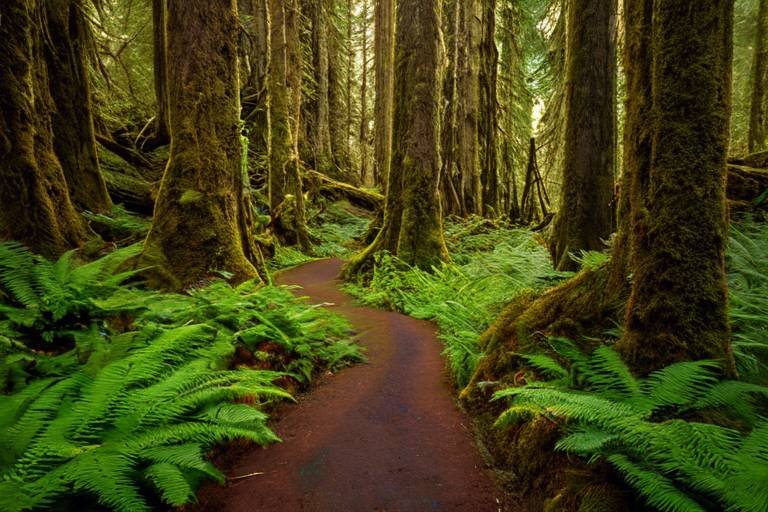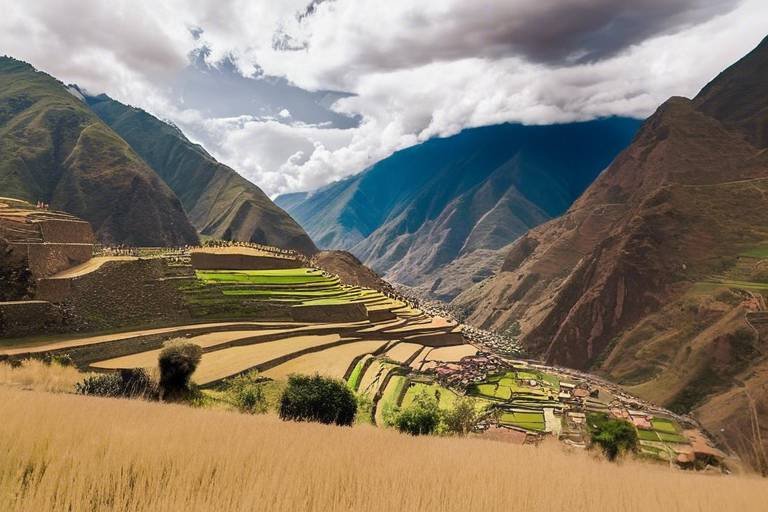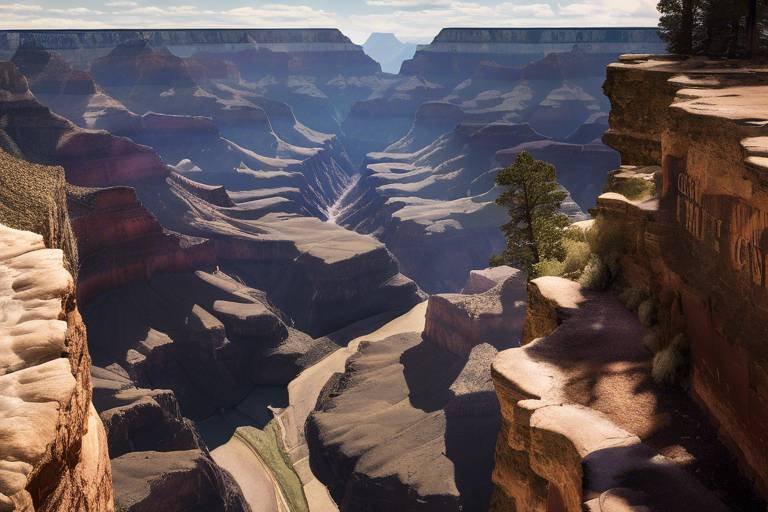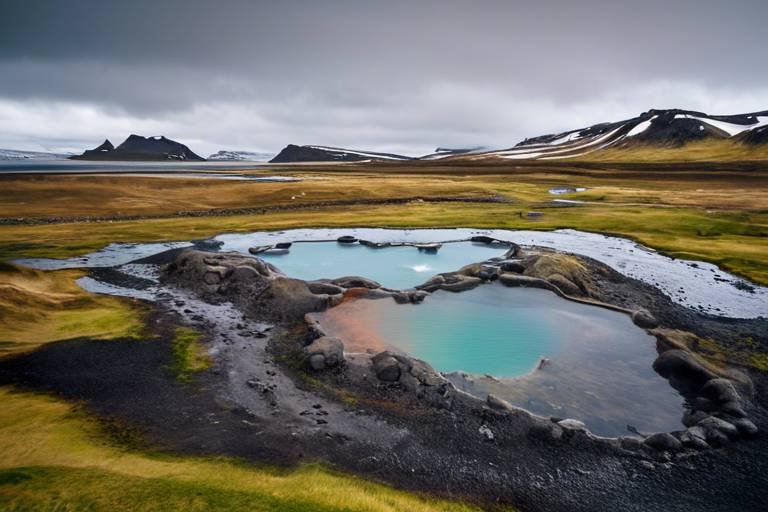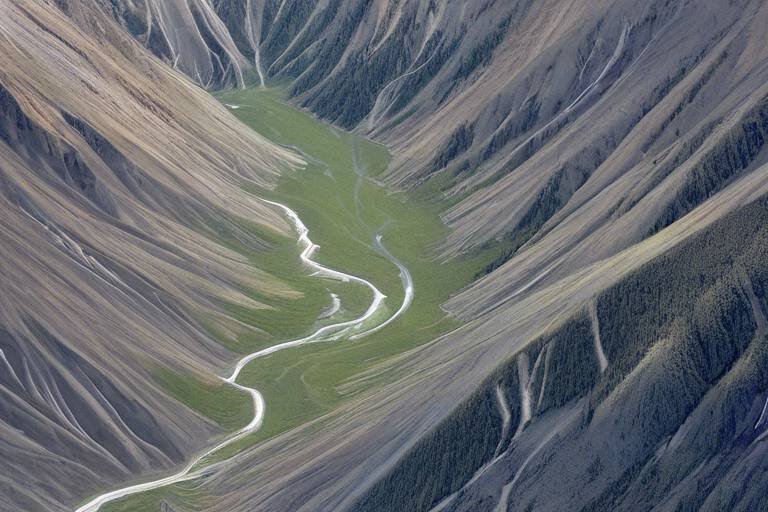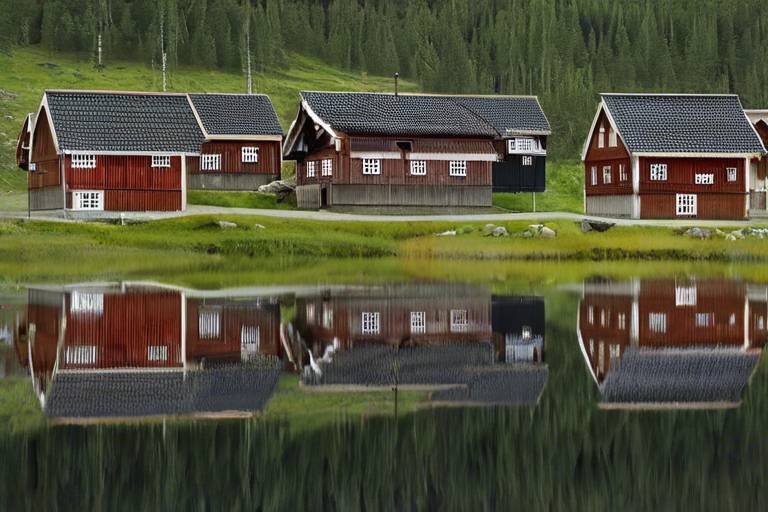The Untouched Beauty of the United States’ Sequoia National Park
Have you ever imagined stepping into a world where nature's grandeur unfolds in a spectacular display of untouched beauty? Welcome to the United States' Sequoia National Park, a place where ancient giants stand tall, wildlife roams freely, and the essence of wilderness captivates every visitor's heart.
As you delve into the history of Sequoia National Park, you'll uncover a tapestry woven with tales of preservation and conservation. Established in 1890, this iconic park holds a rich legacy shaped by visionaries who recognized the importance of safeguarding its pristine landscapes for future generations to cherish.
One of the park's most striking features is its unique flora and fauna. Here, the majestic giant sequoias reign supreme, casting a spell of awe and reverence with their towering presence. Amidst the ancient trees, rare wildlife species find refuge, creating a harmonious ecosystem that epitomizes nature's resilience and beauty.
Exploring Sequoia National Park unveils a treasure trove of landmarks and points of interest that beckon adventurers and nature enthusiasts alike. From the awe-inspiring General Sherman Tree, the largest tree on earth by volume, to the panoramic views atop Moro Rock and the enchanting depths of Crystal Cave, each site offers a glimpse into the park's grandeur.
For those seeking outdoor adventures, Sequoia National Park offers a playground of possibilities. Embark on scenic hikes through lush forests, set up camp under a canopy of stars, test your skills at rock climbing on rugged cliffs, or simply revel in the joy of wildlife watching amidst nature's splendor.
Preservation and conservation efforts stand at the core of Sequoia National Park's ethos, with dedicated initiatives in place to safeguard its natural wonders. The commitment to preserving the park's biodiversity and ecological balance underscores the importance of sustainable practices in maintaining its pristine environment for generations to come.
Seasonal variations in weather and climate add a dynamic element to the park's allure, offering visitors a chance to experience its beauty in different hues throughout the year. Whether basking in the warm sunshine of summer or witnessing the snow-capped peaks of winter, each season brings its own magic to the landscape.
Practical information and services cater to visitors' needs, ensuring a seamless and enjoyable experience within the park. From entrance fees and accommodation options to facilities like visitor centers and guided tours, every detail is thoughtfully curated to enhance visitors' exploration of Sequoia National Park.
While the park's splendor is undeniable, nearby attractions complement its allure, providing additional avenues for exploration and discovery. Whether venturing to neighboring national parks, historic sites, or charming towns, the surrounding areas offer a tapestry of experiences that enrich a visit to Sequoia National Park.
Before embarking on your journey to Sequoia National Park, arm yourself with valuable tips and recommendations to make the most of your visit. From packing essentials for outdoor adventures to staying informed about park regulations and safety guidelines, these insights ensure a memorable and fulfilling experience amidst nature's wonders.

History of Sequoia National Park
The history of Sequoia National Park is a tale as old as time, filled with fascinating stories of exploration, preservation, and conservation. Established on September 25, 1890, Sequoia National Park is not only the second oldest national park in the United States but also a testament to the country's commitment to protecting its natural wonders.
Named after the giant sequoia trees that populate its vast landscape, the park was initially created to safeguard these majestic trees from logging and exploitation. One of the key figures in the establishment of the park was General George W. Stewart, who recognized the importance of preserving the sequoias for future generations.
Over the years, Sequoia National Park has witnessed significant milestones, including the discovery of General Sherman Tree in 1879, the largest tree on Earth by volume. This iconic tree has since become a symbol of the park's grandeur and a must-see attraction for visitors from around the globe.
Throughout its history, the park has served as a haven for nature lovers, scientists, and adventurers alike, offering a sanctuary where people can connect with the untamed beauty of the natural world. From the early expeditions led by John Muir to the modern-day efforts to preserve its pristine environment, Sequoia National Park continues to inspire awe and wonder in all who visit.
As you delve into the history of Sequoia National Park, you will uncover a rich tapestry of events and individuals who have shaped its identity and significance in the realm of conservation. Each tree, each rock, and each river in the park carries with it a story waiting to be told, a story that speaks to the enduring spirit of wilderness and the enduring legacy of those who fought to protect it.
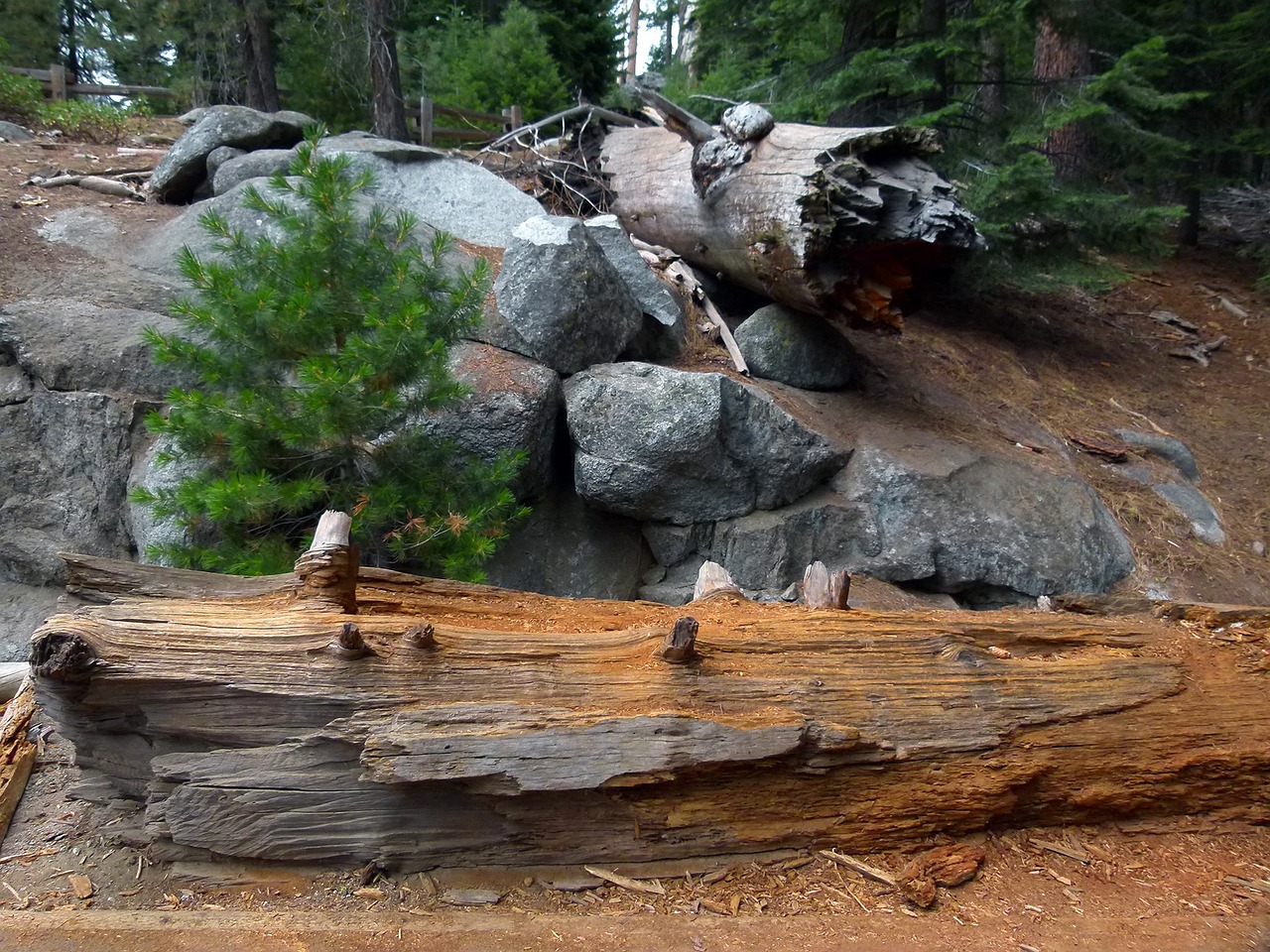
Unique Flora and Fauna
When exploring the breathtaking landscapes of Sequoia National Park, one cannot help but be mesmerized by the unique flora and fauna that thrive within its boundaries. At the heart of the park's ecological diversity stand the majestic giant sequoias, the largest trees on Earth. These towering giants, with their reddish-brown bark and immense size, are a sight to behold, symbolizing strength and resilience in the face of time.
Aside from the iconic sequoias, the park is also home to a plethora of plant species, each contributing to the rich tapestry of biodiversity. From vibrant wildflowers carpeting the meadows to ancient bristlecone pines clinging to rocky slopes, the flora of Sequoia National Park showcases nature's artistry in full bloom.
Moreover, the park provides a sanctuary for a variety of wildlife, some of which are rare and endangered. Visitors may catch a glimpse of elusive species such as the Sierra Nevada bighorn sheep, black bears foraging in the forest, or the agile mule deer gracefully navigating the terrain. Birdwatchers will delight in spotting the diverse avian residents, from the melodious songbirds to the majestic birds of prey soaring high above.
Exploring the trails of Sequoia National Park offers a chance to witness the harmonious coexistence of flora and fauna in a pristine wilderness setting. It's a place where nature's symphony plays out in vibrant hues and subtle whispers, inviting visitors to immerse themselves in the untamed beauty that defines this remarkable natural wonder.

Landmarks and Points of Interest
When exploring Sequoia National Park, visitors are greeted with a plethora of breathtaking landmarks and points of interest that showcase the park's natural beauty and rich history. One of the most iconic attractions within the park is the General Sherman Tree, a giant sequoia that stands as the largest tree on Earth by volume. Standing in awe of this majestic tree, visitors can't help but feel a sense of wonder at the sheer magnitude of nature's creations.
For those seeking a more adventurous experience, Moro Rock offers a thrilling opportunity to climb to its peak and witness panoramic views of the surrounding Sierra Nevada mountains. The ascent may be challenging, but the reward of seeing the vast expanse of the park from above is truly unforgettable. It's a moment that leaves visitors feeling on top of the world, both figuratively and literally.
Delving underground, Crystal Cave unveils a mesmerizing world of intricate rock formations and shimmering crystals. Guided tours lead visitors through this underground wonderland, where the play of light on the crystals creates a magical ambiance. It's a journey into the depths of the Earth that sparks a sense of curiosity and wonder at the geological wonders hidden beneath the surface.
Each of these landmarks and points of interest in Sequoia National Park offers a unique perspective on the park's natural wonders, inviting visitors to connect with the environment in a profound and meaningful way. Whether marveling at the grandeur of ancient trees, conquering towering rock formations, or exploring the hidden depths of underground caves, the park's attractions never fail to leave a lasting impression on all who visit.

Outdoor Activities and Recreation
When it comes to outdoor activities and recreation, Sequoia National Park offers a plethora of opportunities to immerse yourself in nature and adventure. Whether you are an avid hiker, a camping enthusiast, or a wildlife lover, this majestic park has something for everyone. The park's extensive trail system allows visitors to explore its diverse landscapes, from towering forests to cascading waterfalls and rugged peaks.
One of the most popular activities in Sequoia National Park is hiking, with trails ranging from easy strolls to challenging treks. The park is home to the famous High Sierra Trail, which takes hikers on a breathtaking journey through the Sierra Nevada mountains, offering stunning views and unique wilderness experiences. For those seeking a more leisurely adventure, the Crescent Meadow Loop provides a scenic walk through meadows and sequoia groves.
If camping under the stars is your idea of a perfect getaway, Sequoia National Park has several campgrounds that offer a rustic outdoor experience. Whether you prefer car camping or backpacking into the backcountry, spending a night surrounded by the park's natural beauty is an unforgettable experience. Imagine waking up to the sound of birds chirping and the fresh scent of pine trees in the morning.
For the more adventurous visitors, rock climbing in the park's granite cliffs presents a thrilling challenge. The sheer rock faces of Moro Rock and other formations provide an exciting opportunity for climbers to test their skills and enjoy panoramic views of the surrounding wilderness. Wildlife watching is another popular activity, with the chance to spot black bears, mule deer, and rare bird species in their natural habitats.
During the winter months, Sequoia National Park transforms into a winter wonderland, offering opportunities for snowshoeing and cross-country skiing. The quiet beauty of the snow-covered landscape creates a serene atmosphere for outdoor enthusiasts to explore the park in a different light. Whether you are seeking adventure or simply a peaceful retreat, the park's outdoor activities cater to all interests and skill levels.

Preservation and Conservation Efforts
Preservation and conservation efforts at Sequoia National Park are paramount to safeguarding its natural beauty and ecological balance. The park's rich biodiversity and stunning landscapes are meticulously preserved through a series of dedicated initiatives and programs. One of the key focuses of conservation is the protection of the iconic giant sequoias, some of the oldest and largest trees on Earth. These majestic giants are carefully monitored to ensure their longevity and resilience against threats such as climate change and disease.
In addition to the giant sequoias, the park's diverse flora and fauna are also under the watchful eye of conservationists. Rare and endangered species, including the Sierra Nevada bighorn sheep and the California condor, benefit from conservation efforts aimed at maintaining their populations and habitats. Through habitat restoration projects and wildlife monitoring programs, Sequoia National Park remains a sanctuary for these unique species.
Furthermore, the park implements sustainable practices to minimize its environmental impact and promote eco-friendly tourism. Waste management programs, renewable energy initiatives, and educational campaigns raise awareness about the importance of responsible tourism practices. Visitors are encouraged to practice Leave No Trace principles, respecting the delicate ecosystem of the park and minimizing their footprint on the environment.
Collaboration with local communities, environmental organizations, and government agencies plays a crucial role in the ongoing conservation efforts at Sequoia National Park. Through partnerships and outreach programs, the park strives to engage the public in conservation activities and promote a sense of stewardship towards nature. By fostering a culture of environmental responsibility, Sequoia National Park aims to ensure the preservation of its pristine wilderness for future generations to enjoy.

Weather and Climate
When it comes to experiencing the mesmerizing beauty of Sequoia National Park, understanding the weather and climate patterns is crucial for planning an unforgettable visit. Situated in the Sierra Nevada mountain range of California, the park offers a diverse climate that varies with elevation. At lower elevations, visitors can expect hot summers with temperatures reaching up to 90°F (32°C), while winters bring cooler temperatures averaging around 50°F (10°C). However, as you ascend to higher elevations, such as the alpine regions, temperatures can drop significantly, especially at night, so it's essential to pack layers to stay comfortable throughout the day.
One of the fascinating aspects of Sequoia National Park's climate is its distinct seasonal changes. Spring heralds the blooming of wildflowers, making it an ideal time for nature enthusiasts to witness the park's vibrant colors. Summer offers long daylight hours, perfect for exploring the park's trails and enjoying outdoor activities under the warm sun. Fall brings a spectacular display of autumn foliage as the leaves change colors, creating a picturesque setting for photographers and hikers alike. Winter transforms the park into a winter wonderland, with snow-covered landscapes providing a serene backdrop for winter sports enthusiasts and those seeking a peaceful retreat.
Due to the park's varying elevations, weather conditions can change rapidly, so it's essential to check the forecast before embarking on any outdoor adventures. Thunderstorms are common during the summer months, particularly in the afternoons, so being prepared with rain gear and knowing safety protocols is important. Additionally, snowfall can occur at higher elevations even during the summer, adding a touch of magic to the landscape and offering unique opportunities for winter sports enthusiasts.
For visitors planning their trip to Sequoia National Park, understanding the weather and climate patterns can enhance their overall experience and ensure a safe and enjoyable visit. Whether you're seeking sunny days for hiking, snowy vistas for photography, or a peaceful escape in nature, the park's diverse climate promises something extraordinary for every season.

Visitor Information and Services
When planning a visit to Sequoia National Park, it is essential to have a good understanding of the visitor information and services available within the park. Upon arrival, visitors will need to pay an entrance fee, which grants access to the park for seven consecutive days. The fees vary depending on the type of vehicle and the number of passengers. It is advisable to check the official park website for the most up-to-date fee information.
For those looking to stay overnight, Sequoia National Park offers a range of accommodation options to suit different preferences. From campgrounds for tent camping to lodges and cabins for a more comfortable stay, visitors can choose the type of accommodation that best fits their needs. Reservations are highly recommended, especially during peak seasons, to secure a spot.
Within the park, visitors can find various facilities to enhance their experience, including visitor centers, gift shops, restaurants, and restrooms. The visitor centers provide valuable information about the park's history, wildlife, and trails, helping guests make the most of their visit. Additionally, ranger-led programs and guided tours are available for those interested in learning more about the park's natural wonders.
When exploring Sequoia National Park, it is important to be well-prepared for outdoor activities. Make sure to bring plenty of water, snacks, sunscreen, and appropriate clothing for the weather conditions. Hiking trails vary in difficulty, so choosing a trail that matches your fitness level is crucial for an enjoyable experience. Remember to follow park regulations and guidelines to ensure the safety of both visitors and the environment.
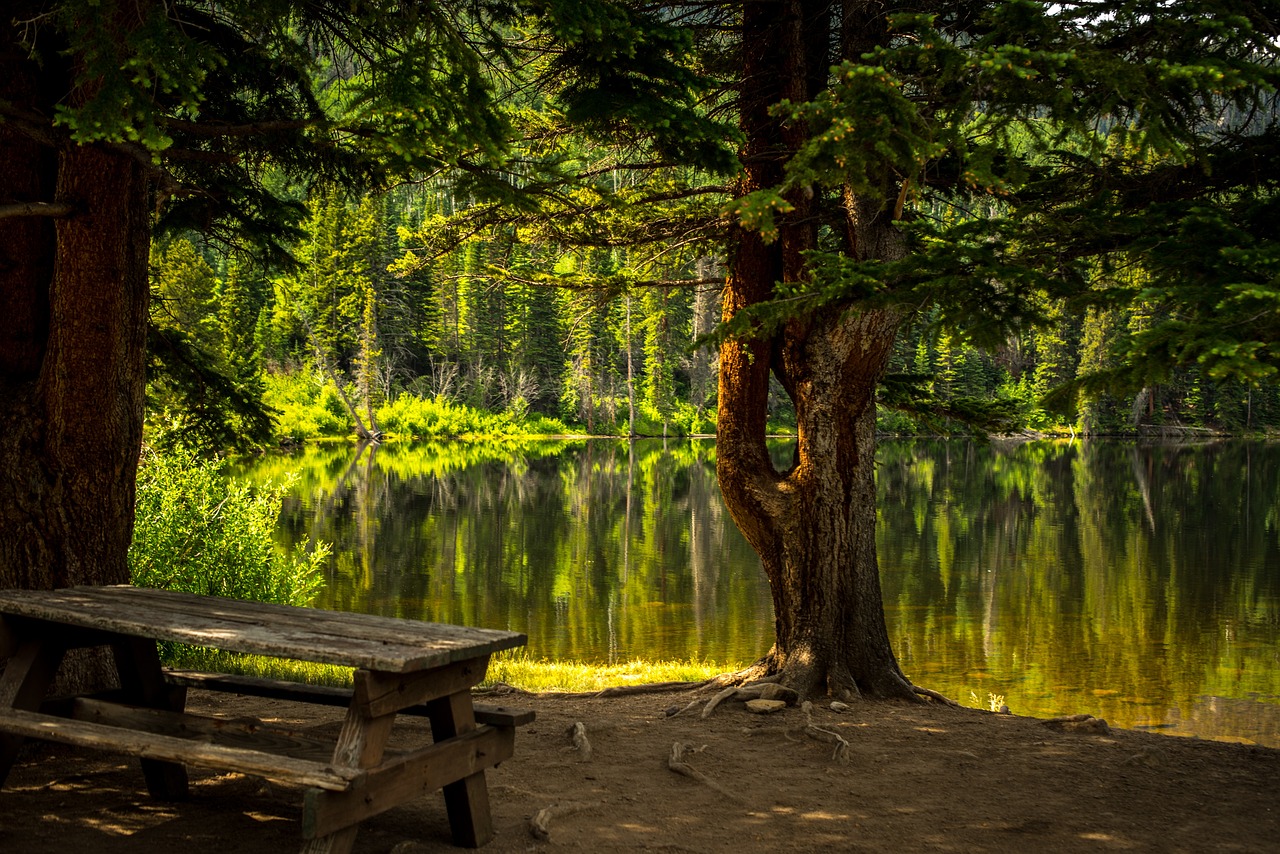
Nearby Attractions
When visiting Sequoia National Park, you'll find yourself immersed in a world of natural wonders and breathtaking landscapes. However, the beauty of this region extends beyond the boundaries of the park, offering visitors a plethora of nearby attractions to explore. From charming towns to scenic drives, there is no shortage of options to complement your visit to Sequoia National Park.
One of the must-visit nearby attractions is Kings Canyon National Park, located adjacent to Sequoia. Known for its deep valleys, towering cliffs, and the impressive Kings River, this park offers a different but equally stunning experience compared to its neighbor. Hiking trails, including the iconic Mist Falls trail, provide opportunities to witness the park's beauty up close.
If you're a history buff, a visit to the General Grant Grove in Kings Canyon National Park is a must. Home to the General Grant Tree, the second-largest tree in the world, this grove is steeped in history and offers a glimpse into the past of these ancient giants.
For those seeking a bit of adventure, a drive along the Kings Canyon Scenic Byway is highly recommended. This picturesque route winds through the heart of Kings Canyon, offering spectacular views of the surrounding mountains and valleys. Be sure to stop at viewpoints like Grizzly Falls and Roaring River Falls for a truly memorable experience.
Just a short drive away from Sequoia National Park lies the charming town of Three Rivers. Nestled at the base of the Sierra Nevada mountains, this quaint town serves as a gateway to the park and offers a variety of dining and lodging options for visitors. Explore local art galleries, enjoy a riverside picnic, or simply soak in the small-town charm of Three Rivers.
Whether you're looking for outdoor adventures, historical insights, or simply a relaxing getaway, the nearby attractions surrounding Sequoia National Park have something for everyone. So, don't miss the opportunity to extend your visit and discover the hidden gems waiting to be explored just beyond the park's borders.

Tips for a Memorable Visit
Planning a visit to Sequoia National Park promises an unforgettable experience amidst nature's grandeur. To ensure your trip is truly memorable, consider these essential tips that can enhance your adventure and make it truly special.
First and foremost, check the weather forecast before your trip. The park's climate can vary significantly, so being prepared for any conditions will help you pack appropriately and plan your activities accordingly.
When exploring the park, wear comfortable and sturdy footwear to navigate the diverse terrain comfortably. Whether you're hiking through the forests or climbing to panoramic viewpoints, proper footwear is essential for a safe and enjoyable experience.
For those interested in wildlife watching, bring binoculars and a camera to capture the park's incredible biodiversity. Keep a respectful distance from animals and follow park guidelines to ensure both your safety and the animals' well-being.
Consider joining a guided tour or ranger program to gain deeper insights into the park's history, ecology, and conservation efforts. These educational opportunities can enrich your visit and provide a more immersive experience.
For visitors planning to camp or hike overnight, make reservations in advance, especially during peak seasons. Familiarize yourself with camping regulations and safety guidelines to have a smooth and enjoyable outdoor experience.
Remember to pack plenty of water and snacks for your excursions, especially if you plan to embark on longer hikes or explore remote areas of the park. Staying hydrated and fueled will help you make the most of your time in nature.
Respect the park's leave-no-trace principles by disposing of waste properly, staying on designated trails, and minimizing your impact on the environment. By practicing responsible outdoor ethics, you contribute to the preservation of Sequoia National Park for future generations to enjoy.
Before heading out on your adventure, obtain a map of the park and familiarize yourself with key points of interest, trails, and facilities. Having a good sense of direction will help you navigate the park more efficiently and make the most of your visit.
Lastly, take the time to slow down and appreciate the beauty that surrounds you. Whether you're gazing up at towering sequoias, marveling at cascading waterfalls, or simply enjoying a peaceful moment in nature, savoring the moments can truly make your visit to Sequoia National Park unforgettable.
Frequently Asked Questions
- What are the best hiking trails in Sequoia National Park?
Some of the top hiking trails in Sequoia National Park include the Congress Trail, Lakes Trail to Pear Lake, and the High Sierra Trail. Each offers unique views and experiences for hikers of all levels.
- Are there bears in Sequoia National Park?
Yes, black bears are present in Sequoia National Park. Visitors are advised to take precautions such as storing food properly and following park guidelines to minimize interactions with wildlife.
- Can I camp in Sequoia National Park?
Yes, camping is allowed in designated campgrounds within the park. Reservations are recommended, especially during peak seasons, to secure a spot at popular campgrounds like Lodgepole and Dorst Creek.
- What is the best time of year to visit Sequoia National Park?
The best time to visit Sequoia National Park is during the spring and fall months when the weather is mild, and the crowds are smaller. Summer is also popular but can be crowded, while winter brings snow and limited access to certain areas.
- Are there guided tours available in Sequoia National Park?
Yes, the park offers various guided tours led by knowledgeable rangers and naturalists. These tours provide insights into the park's history, wildlife, and conservation efforts, enhancing visitors' experiences.



